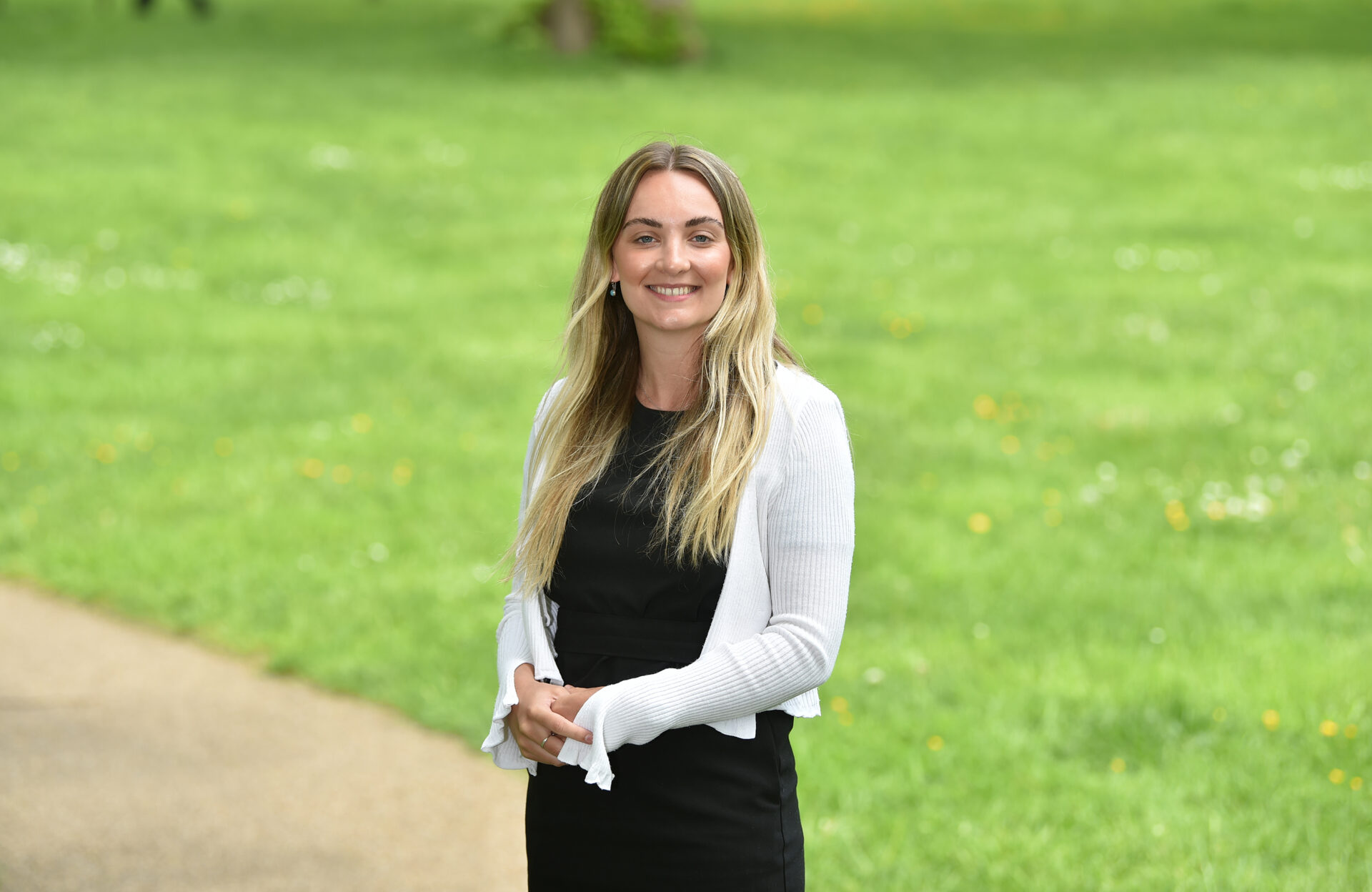
Standish v Standish - A new direction for asset division in divorce cases
John Osborne, partner, and Louise Shaw, trainee solicitor in our divorce and family law team, look at the recent judgment the Supreme Court has issued in relation to the distribution of non-matrimonial property in the Standish v Standish case.
The starting point for the division of assets upon divorce is 50/50. This has some exceptions; however, the sharing principle (as it is known) is applied when considering the division of assets of divorcing couples.
However, assets can be categorised into matrimonial and non-matrimonial assets, the former being those assets which are obtained or created during the lifetime of the relationship and regarded as the “fruits of the marriage”.
The latter are assets which have derived from outside of the marriage such as inheritance or pre-acquired wealth. Assets can become “matrimonialised” during the marriage through the use of the assets, such as inheritance being used to carry out building work on the family home.
Background
Standish is what is referred to as a ‘big money’ case. The background concerns Mr and Mrs Standish, a couple who began their relationship in 2003 and married in 2005. The couple went on to have two children together.
At the beginning of the parties’ cohabitation, Mr Standish was a successful banker and held significant wealth which comprised of investment funds, a farm in Australia spanning around 15,000 acres, a property in Melbourne and a limited company.
In comparison, Mrs Standish held modest assets, including a property in Melbourne and a small inheritance.
The parties enjoyed married life in Melbourne before Mr Standish retired in 2007, the parties then moving to England in 2009. In 2017, for inheritance tax purposes, Mr Stanish transferred the pre-marital investment funds worth £77.8 million to Mrs Standish.
The intention of the transfer was said to set up trusts for the children, however the trusts were never established meaning that Mrs Standish retained the investment funds in her name. Mrs Standish was also issued shares in the farming business, again for inheritance tax purposes. The parties divorced in 2020.
The argument was whether the funds had been matrimonialised on transfer to Mrs Standish and therefore subject to the sharing principle.
The High Court
In the first instance, the High Court held that the £77.8 million and the shares in the farming business were matrimonial property. Although the was assets were initially non-matrimonial, they were matrimonialised by the transfer from Mr to Mrs Standish and therefore subject to the sharing principle.
The source of the wealth was, however, a significant consideration, and, as a result Mr Standish was awarded 66% and Mrs Standish was awarded 34% of the overall assets. Mrs Standish consequently received £45 million.
The Court of Appeal
Mr Standish’s position remained focused on the source of the wealth, emphasising that the 2017 transfer did not matrimonialise the assets. Mrs Standish additionally argued that the assets were held in her sole name and thus were hers only. The Court of Appeal held that the origin of the asset is the key focus and not the name it is held in.
The Court of Appeal went further, stating that the 2017 transfer held no relevance as the intention of the transfer was for tax purposes only. The £77.8 million and the shares in the farming business remained non-matrimonial and were therefore held to be the property of Mr Standish.
As a result, Mrs Standish’s award was reduced by 40% to £25 million. This is the highest reduction of an award in a divorce settlement in English courts.
The Supreme Court judgement
The Supreme Court upheld the decision made by the Court of Appeal and unanimously dismissed Mrs Standish’s appeal. The Supreme Court looked at whether the parties had treated the assets as shared over time.
The parties had not and therefore due to the origin and treatment of the assets over time, the assets were held non-matrimonial and the property of Mr Standish. Mrs Standish’s award of £25 million remained. The emphasis of the Supreme Court however, shifted to how the asset was treated and not the actual, original source of the asset.
Key points
The Supreme Court decision clarifies that there is a clear distinction between matrimonial and non-matrimonial assets, and the sharing principle applies only to matrimonial assets.
Non-matrimonial property is not subject to the sharing principle. Although a party may require a share of non-matrimonial property if needs require, it should not be divided equally as a default position. This does not mean that non-matrimonial assets cannot become matrimonialised during the lifespan of the marriage.
This is dependent on how the assets are treated, the intention for their use and whether they are treated as belonging to both parties as shared property over a substantial period of time. The Supreme Court emphasised this.
Thus, when transferring property between married couples or gifting property to one another, intention is key. There must be clarity on whether the property is to be shared and therefore treated as such. We now have clarity that access to non-matrimonial assets is limited to cases where needs demand it.
Despite this, separating couples must consider that there are several key factors which the Court considers when looking at the division of assets and the Court has a very wide scope in their decision-making. Parties must also be alive to the fact that this is not your everyday case, it is a high value case whereby needs was not necessarily an issue.
Practical steps
For those with significant wealth or a wish to keep assets separate, a pre-nuptial or post-nuptial agreement could be considered in order to clearly set out the intention with property. It is important to take legal advice before making any decisions or entering into such agreements.
Alternatively, clear written evidence such as email trails will help clarify the background of the use of assets during a relationship.
If you have any queries relating to your assets and how they may be affected by a separation or divorce, talk to a member of the HD Family team by contacting us on 01772 258321 or emailing [email protected] .


